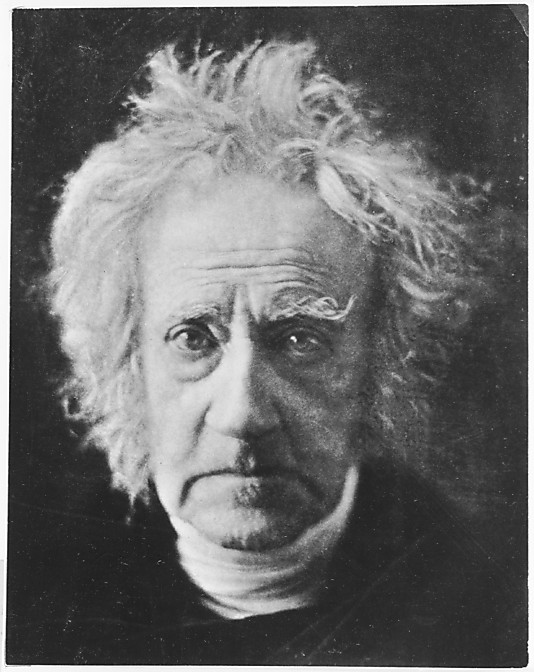What newspaper published a hoax of extraterrestrial life on the moon?
 August 25, 1835 — “Life is discovered on the moon,” according to a series of six articles published today in the New York Sun.
August 25, 1835 — “Life is discovered on the moon,” according to a series of six articles published today in the New York Sun.
The discoveries — announcing multiple life forms were living on la Luna, from bison and goats to unicorns and human-bat hybrids — were said to be found by famous astronomer Sir John Herschel, an English polymath, mathematician, astronomer, chemist, inventor, and experimental photographer (March 7, 1792 — May 11, 1871).
The actual author is believed to be Richard Adams Locke, a British journalist at Cambridge. Although Locke never admitted to the rumors, it is believed that he wrote the piece to satirize recent serious theories of extraterrestrial life, particularly the works of Reverend Thomas Dick, a popular science writer who claimed the moon had 4.2 billion inhabitants.
The Sun’s popularity grew over the article. And while on September 16, 1835, The Sun admitted that the articles were ficticious, editors never retracted the stories, nor did the paper suffer any consequences. In fact, readers remained amused by the tall tale.
What’s more, it is believed that Locke’s hoax influenced Edgar Allen Poe to write “the balloon-hoax” in the same newspaper almost 10 years later. Poe’s story, “Lunar Discoveries, Extraordinary Aerial Voyage by Baron Hans Pfaall,” described a voyage to the moon in a hot-air balloon by Hans Pfaall.
Sources
Words of Wisdom
A mind which has once imbibed a taste for scientific enquiry, and has learnt the habit of applying its principles readily to the cases which occur, has within itself an inexhaustible source of pure and exciting contemplations.





